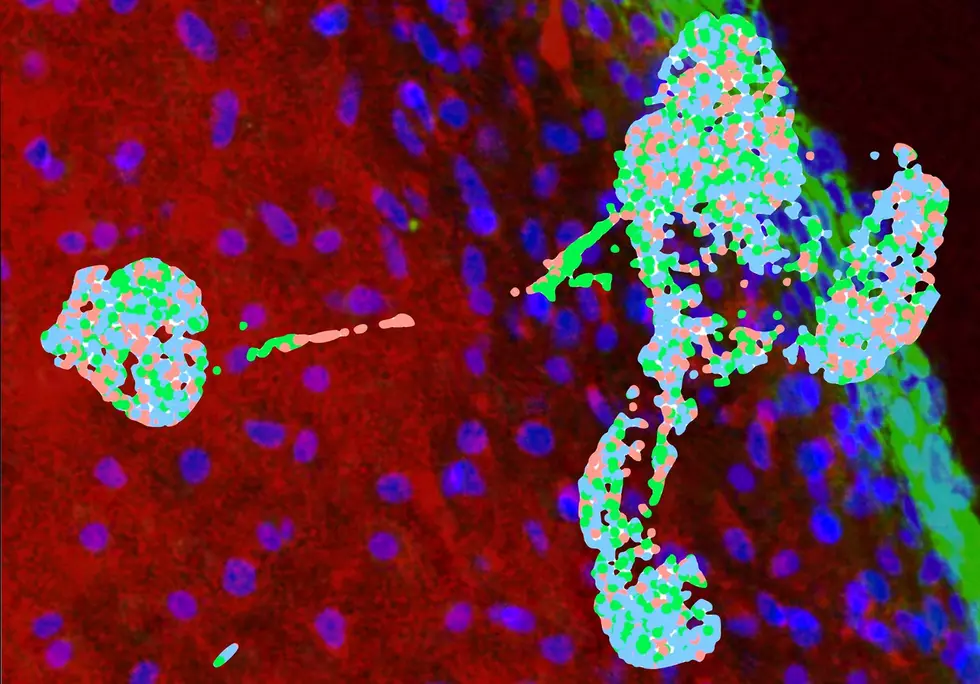Blood Moon Visible in Missoula Sunday Night – UM Professor Explains Lunar Eclipse
It's a full moon on Sunday, but lucky for Missoula, we will be able to see more than just a full moon, but also a lunar eclipse.
"A lunar eclipse occurs when the Earth comes directly between the moon and the sun, so the moon passes through the Earth's shadow. What we see from the ground is we see an otherwise full moon start to darken during the course of the night, and for three to five hours, it'll turn red. It's sometimes called a 'blood moon,'" McCrady said. "Then the moon will be visible, but darkened, because it's passing through the shadow. After four or five hours, it'll pass back out of the shadow and it'll be a full moon again."
McCrady said the moon will come up around 7:15 p.m. wherein the eclipse will just be starting.
"We'll see it all the way through full eclipse, which will go from about 8 p.m. to 9:30 p.m.," McCrady said. "Then it will start coming out of eclipse, and you'll see the round shape of the Earth's shadow across the moon, and then the moon popping out of that shadow fully at about 10:30 p.m."
McCrady said with the hope of no rain, the eclipse was fully visible…But that still bagged the question: Why do we see red?
"If the Earth was like the moon and didn't have an atmosphere and a lunar eclipse happened, you would just see a very sharp shadow and it would be black as the shadow is and you'd see the moon clear as day, otherwise," McCrady said. "But because the Earth has an atmosphere, some light from the sun is bent in our atmosphere. So when you look through the atmosphere, you can still see red light from the sun, but it's gone straight through. With that lunar eclipse, what you're seeing is just the red light that's gone through. The blue light bounced out and became blue skies."
McCrady said this particular lunar eclipse occurred when the moon was at “perigee,” or when the moon was at the closest point on its ellipse. As a result, McCrady said the moon was shown to be five to six percent wider than what you usually see in the night sky.
More From 94.9 KYSS FM









